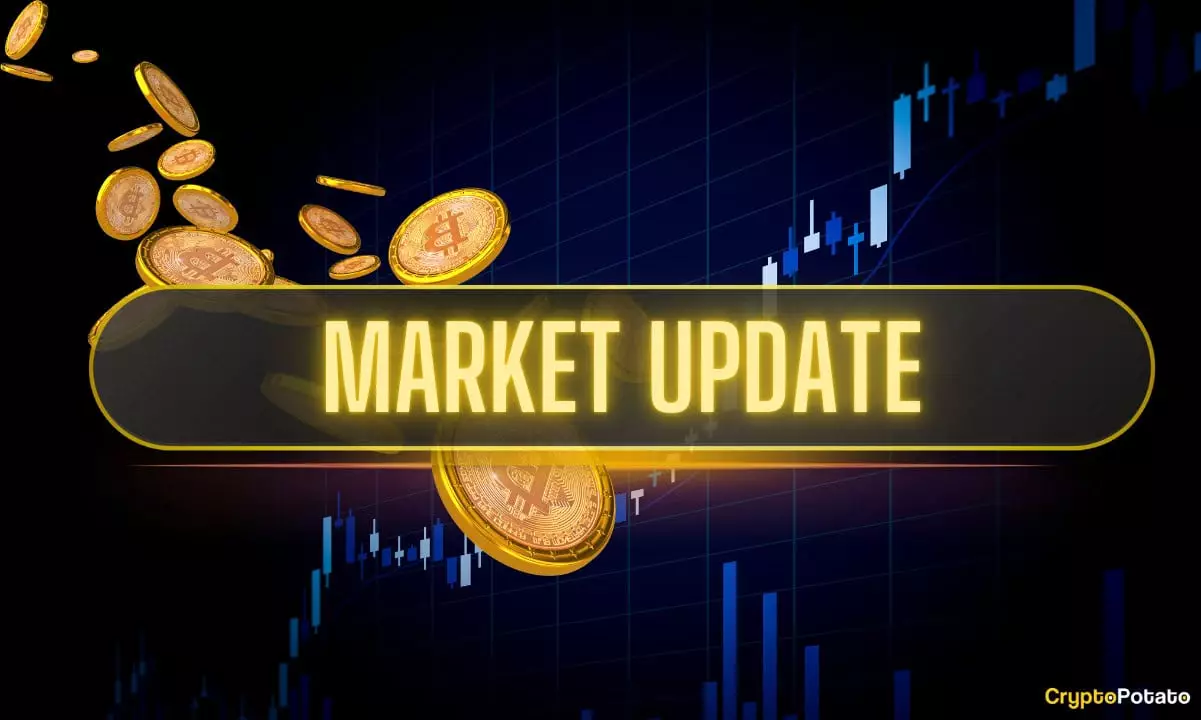When President Donald J. Trump recently signed an executive order supporting the establishment of a U.S.-based cryptocurrency reserve, markets reacted with a mix of immediate euphoria and impending skepticism. Although the announcement set the wheel in motion for a significant shift in the American crypto landscape, it also highlighted some disconcerting truths about the interplay of politics, economics, and cryptocurrencies. Amid the excitement, one must wonder: is this truly the renaissance of bitcoin that advocates have long awaited, or merely a superficial tweaking of a beleaguered financial system struggling to adapt?
The sculpture of Trump’s pro-crypto promise has taken shape, but its form seems to shift from bullish to bearish at the slightest gust of market wind. While bitcoin exploded upward to a near $95,000 post-announcement, the ensuing fallout painted a different picture. Just hours later, cryptocurrencies faced a gut-wrenching plunge. For many traders, such erratic shifts are akin to whiplash, raising the nagging question of whether Trump’s commitment to digital currencies can anchor a ship weighed down by uncertainty.
The Fragile Nature of Speculation
Recent events have showcased an unsettling reality beneath the glamorous headlines: speculation drives much of the crypto market. After Trump’s social media prophecy, a collective market exuberance sent bitcoin hovering near $95,000, only for the asset to plunge by $13,000 within a mere 36 hours. Analysts branded the volatility as a predictable “sell-the-news” phenomenon. It’s disheartening to realize that this fluctuation could indicate a lack of substantial economic underpinning for the growth of cryptocurrencies.
For a digital asset that many hailed as revolutionary, bitcoin appears to be teetering on the precipice of mass speculation. It is disconcerting to witness a scenario where trust is placed in tweets over verified data and analysis. As traders were left holding the bag amidst these price swings, the illusion of stability dissipated. Perhaps it’s time for crypto advocates to reflect on whether they are championing a true future or betting on momentary swings.
Market Sentiment: Contrarian Opportunities?
While commentators dissect the digital currency landscape, it’s also essential to gauge the prevailing sentiment. This week, Ethereum has been a glaring underperformer, threatening to dip below the $2,000 mark. Is this a warning sign or a beckoning opportunity for discerning investors? The pain for Ethereum holders is palpable, but in crises lie chances for the savviest players. Such contrarian perspectives deserve careful examination, particularly as bearish sentiment often precedes a market correction with potential upside.
In the broader context, the declining strength of the dollar might prove to be a powerful tailwind for cryptocurrencies. Analysts suggest that a weakened fiat currency could drive more capital towards bitcoin and its altcoin counterparts. Indeed, a robust fiscal strategy in cryptocurrency could serve dual purposes: offering protection against inflation while simultaneously boosting investments in the sector. However, the ramifications of government involvement remain complex and potentially volatile.
Governance and Authority: Power Dynamics at Play
The complexities of governance became painfully clear when considering the implications of a state-sanctioned crypto reserve. Can we truly rely on a system where political priorities dictate the market? The core principles of cryptocurrencies — decentralization and autonomy — clash harshly with the centralized control signified by government reserves. Are we merely swapping one form of influential oversight for another?
Certain experts believe that a U.S. crypto reserve could ultimately serve the interests of those in power, sidelining the voices of ordinary investors and pioneering creators. An environment that permits politicians to influence the valuation of cryptocurrencies risks eroding trust in digital assets, especially among those who sought financial freedom. The whims of politics could very well impact long-standing crypto principles and create ambiguity in the market.
The Geopolitical Landscape: International Impacts
As the U.S. navigates its novel strategy, the rest of the world watches with keen interest. For instance, El Salvador’s President Nayib Bukele has taken a staunch stance against the International Monetary Fund, reiterating the nation’s commitment to bitcoin despite external pressures to reduce exposure. Bukele’s bold defiance presents a stark contrast to the U.S. governmental approach, illuminating a pathway where nation-states adopt divergent strategies towards cryptocurrency.
With the complex interplay of national interests shaping the future of digital assets, geopolitics will inevitably play a role in dictating market dynamics. If the U.S. continues down this path, will it inspire other nations to reconsider their digital currency positions or deepen schisms on a global stage?
In essence, the crypto landscape is as thrilling as it is concerning. Entering into a new era buoyed by governmental promise and promising volatile dynamics, it has become imperative for investors and enthusiasts alike to remain vigilant and discerning.

